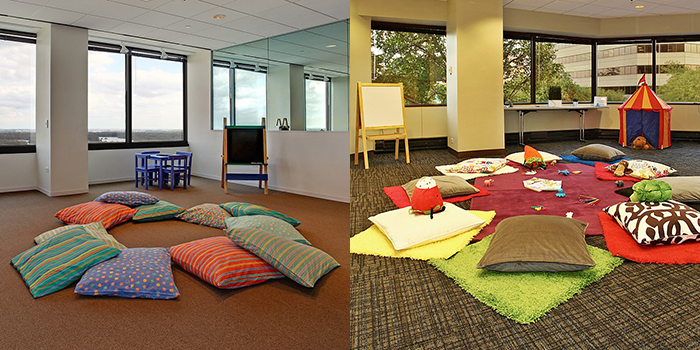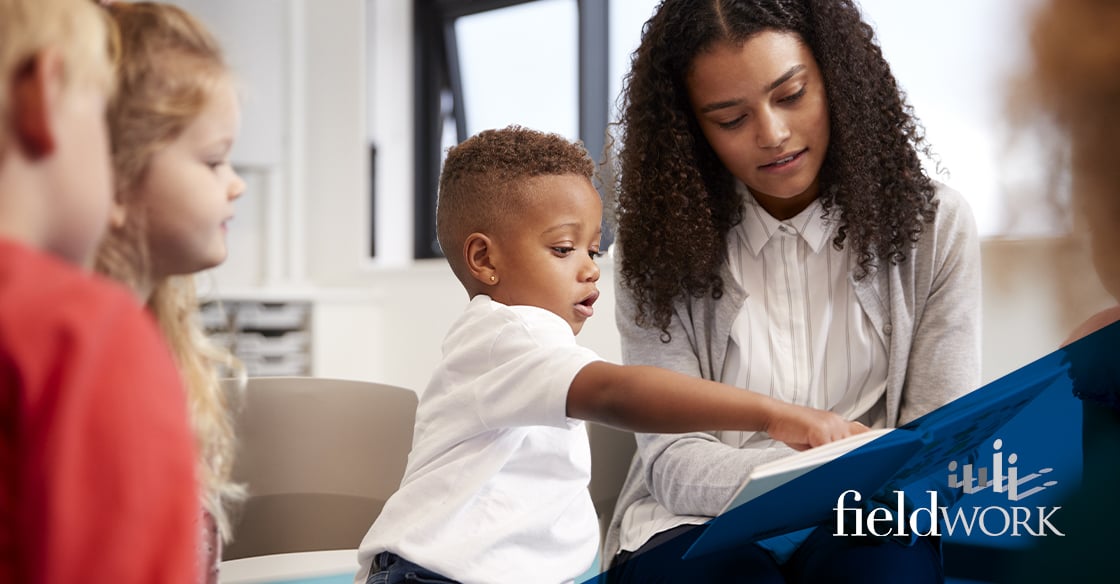You can imagine that conversations in a small focus group, or an in-depth interview (IDI) can be pretty up-close and personal. Now imagine your interview subject likes bathroom humor and has the wiggles. Welcome to the world of market research with kids!
Value the Child’s Voice
Certainly, a client who invests in kids’ research has to believe that kids are a valuable source of input.
Today’s 5-year-old is not the same as a 5-year-old from 20 years ago. Today’s kids are growing up much quicker, and they are much more sophisticated at an earlier age.
Many companies understand the value of the child’s voice and rely on Fieldwork to help them tap into their needs and psyches. Getting that direct input is particularly important for products where kids are the end-users, regardless of whether it’s toy testing or other research across categories catering to kids (including food and beverages, personal care, and even pharmaceuticals). But some clients are willing to take a gamble and assume they “know” what’s in the heads of kids. But that is inadvisable.
Never run with scissors... it's a dangerous game to play! Not only are kids-as-users viable spokespersons for their own needs, but they are at least equally as complex as adults in terms of segmentation. With that in mind, it's outdated to only segment children by gender and age. We interviewed expert kid researcher and President of MLN Research, Megan Loughlin Nerz, about what it takes to successfully prepare and execute in-person research with these precious little persons!
1. Stellar Screening
Even recruiting takes on a life of its own when dealing with kid’s research, but the quintessential question remains: “Do you have the right kids sitting in the chairs?”
At Fieldwork, we start with the philosophy that each kid's participation starts during the screening process. That’s the first place where you’re engaging with them. Our recruiters have a sense of whether or not this child is going to ‘work’ in a group. Some kids work well in groups while others will have more success one-on-one.
A good recruiter can determine during phone screening whether a child is mature enough to follow questions, whether they are comfortable talking to strangers and whether they can participate without getting too distracted or frightened.
Of course, avoiding this type of situation is key, and that starts with having recruiters who can really judge the situation BEFORE the kids reach the facility!
2. Methodology and Materials
Methodology design (and the materials to be shown) must be modified to correspond with respondent's age and profile. For example, language comprehension and facility vary greatly with age, and this must be taken into account. It’s definitely a different set of challenges than coordinating research with adults.
Packing a discussion guide chock full of concepts to be evaluated might be feasible with adults, but there’s a definite limit with attention spans when dealing with kids. That’s also part of the rationale for basing the number of kids in groups, whether in person or virtual, on their age.
Kids tend to take longer to process what it is we’re asking, and to formulate their answers – the saturation point is definitely reached way sooner with kids as compared to adults. There's nothing worse than having one kid who's just put his or her head down on the table because they’re too lost from having answered so many questions.
Part of the strategy going into kid’s research is knowing how to keep them engaged for the duration, and thinking ahead (and all the way through) what it is you are going to be asking them to be doing, handling, and/or tasting.
With parents, your group may stop talking to you as the moderator, and they’re just talking with each other as peers with a sense of commonality. Interaction with kids, however looks a bit different - typically more physical and less vocal. For the most part, adults know and follow the rules. As the moderator, you're the timekeeper, you're the question-asker, you're the rules enforcer. In a group of kids, it's important that the facility creates an environment that makes both children and parents feel comfortable. For example, setting up separate lounge areas for parents and age-appropriate child rooms will lead to better insights overall.

3. Ask Five Ways
Kids tend to be quite literal with their perception of the questions asked in typical research situations. For example, if you mention ‘puppy love,’ young kids might think that there are two dogs in love!
With kids, oftentimes you need to ask the same question five different ways to get the answers. Child development experts have shown that young children think in very concrete terms. As they grow older, they are able to grasp concepts more quickly and think in more abstract and conceptual ways.
4. Making Connections
It’s important to add in activities that naturally build rapport in what might otherwise be an uncomfortable situation. The beauty of a focus group is the connection-making process. It happens so much faster with adults because adults know what's expected of them. Kids however, don't always know what's expected so it’s up to you to help them make those connections. This is easier to do in person, but we’ve learned to innovate ways to help the connection process run smoothly in an online environment, too.
5. Give R-E-S-P-E-C-T
As part of any exploring and listening exercise, objectivity and open-mindedness are required, with an underlying foundation of respect for the folks expressing their opinions – even when they’re kids.
Kids are deserving of respect. Yes, they might be pint-sized consumers, but what they have to say is valid and important and valuable, and they need to be listened to. Being heard is a human desire, and kids love that we listen to them and what they say really matters.
In a way, participating and being heard gives kids a sense of self-esteem and self-confidence, and helps them figure out their place in the world. Our goal is to help make them feel confident and secure, and to reassure them that what they have to say is important.
The best thing that can happen in this research type is that kids finish a research experience and they feel good about themselves. They feel good about participating.
Does your research project require you to juggle multiple details?  With professionals like you in mind, we created the Ultimate Market Research Project Checklist so you can focus on the research without letting anything fall through the cracks.
With professionals like you in mind, we created the Ultimate Market Research Project Checklist so you can focus on the research without letting anything fall through the cracks.




